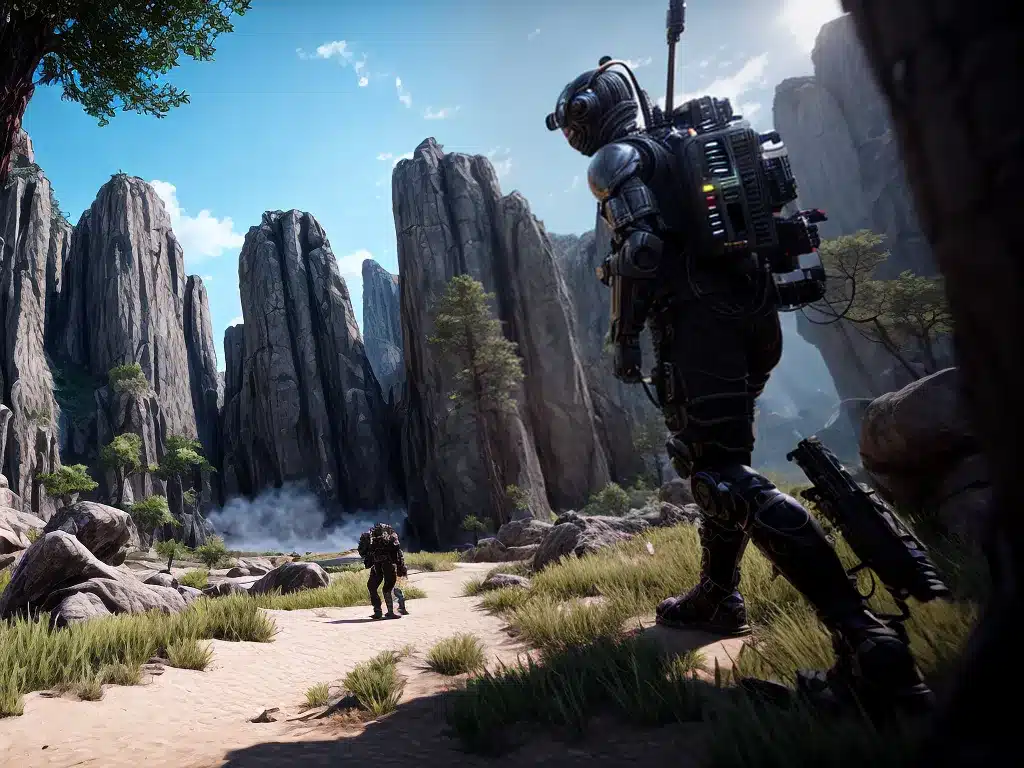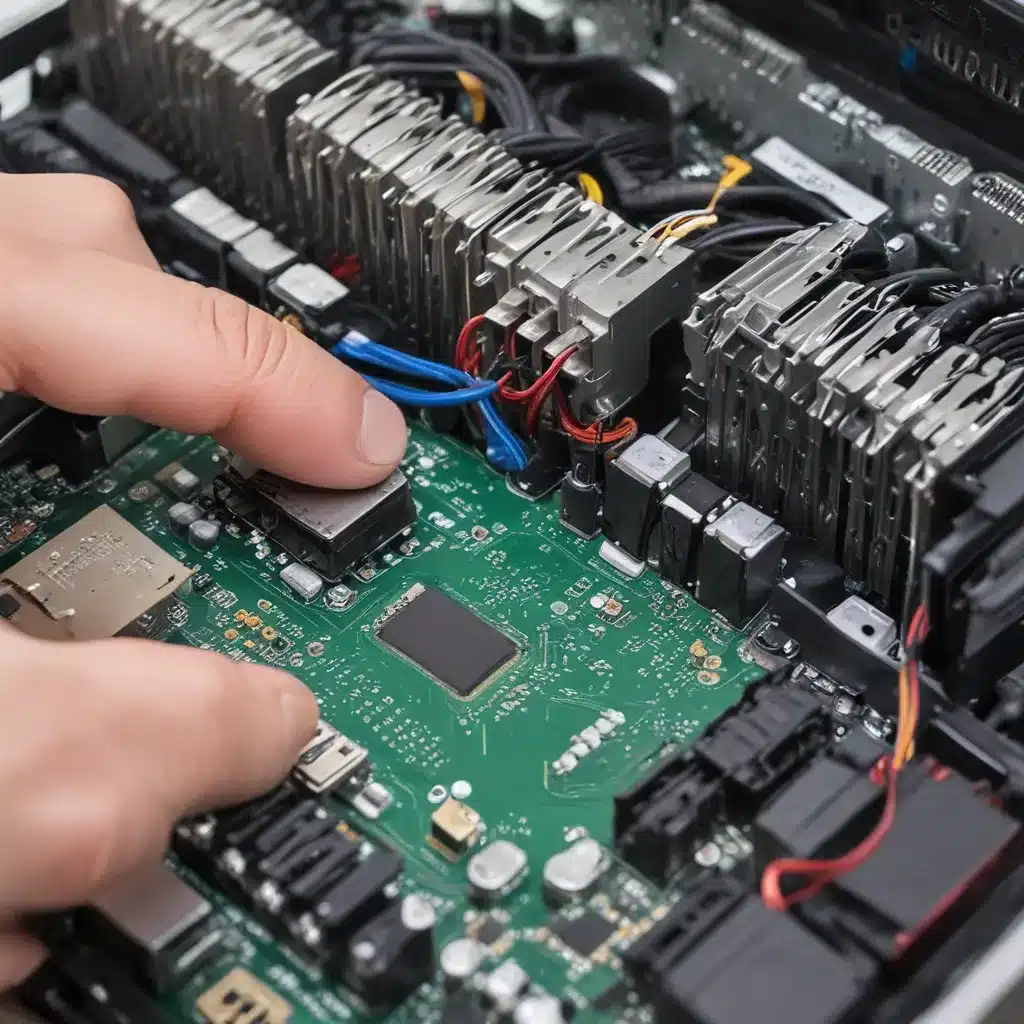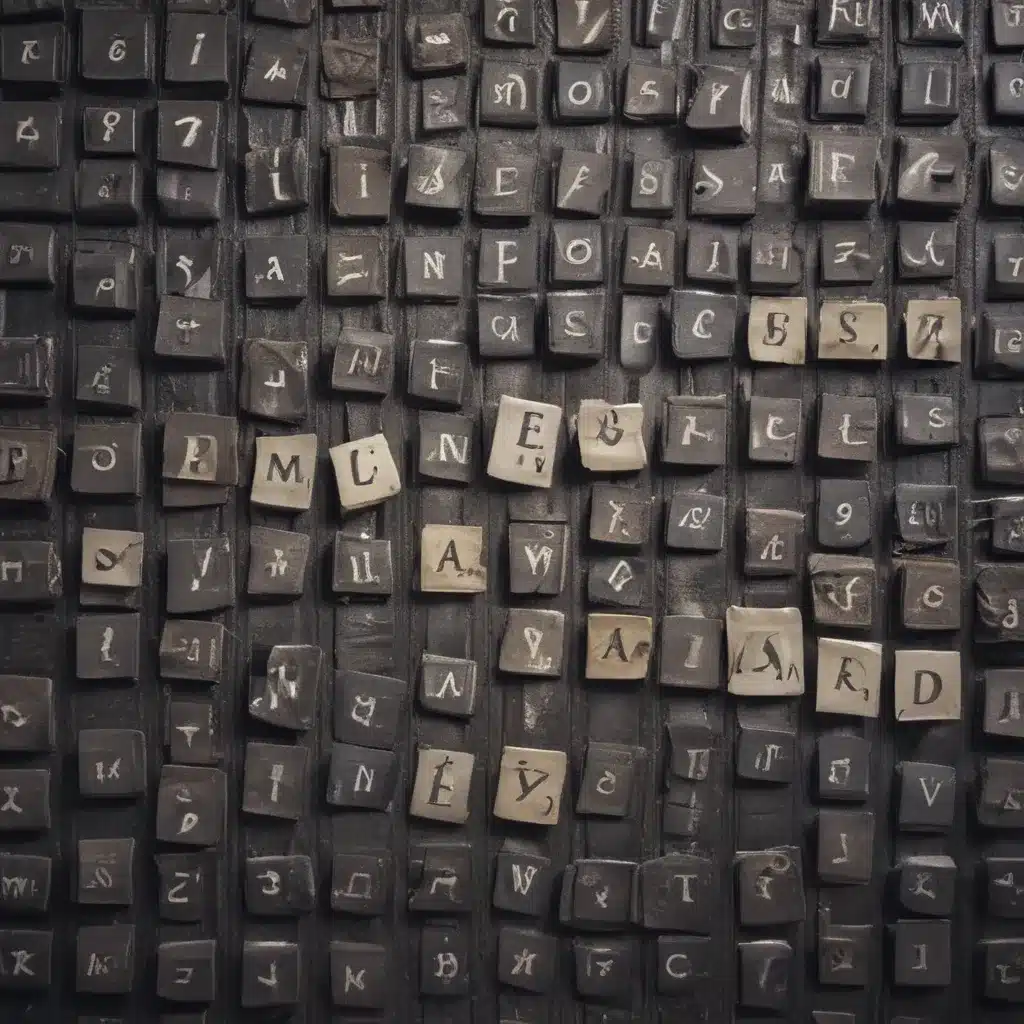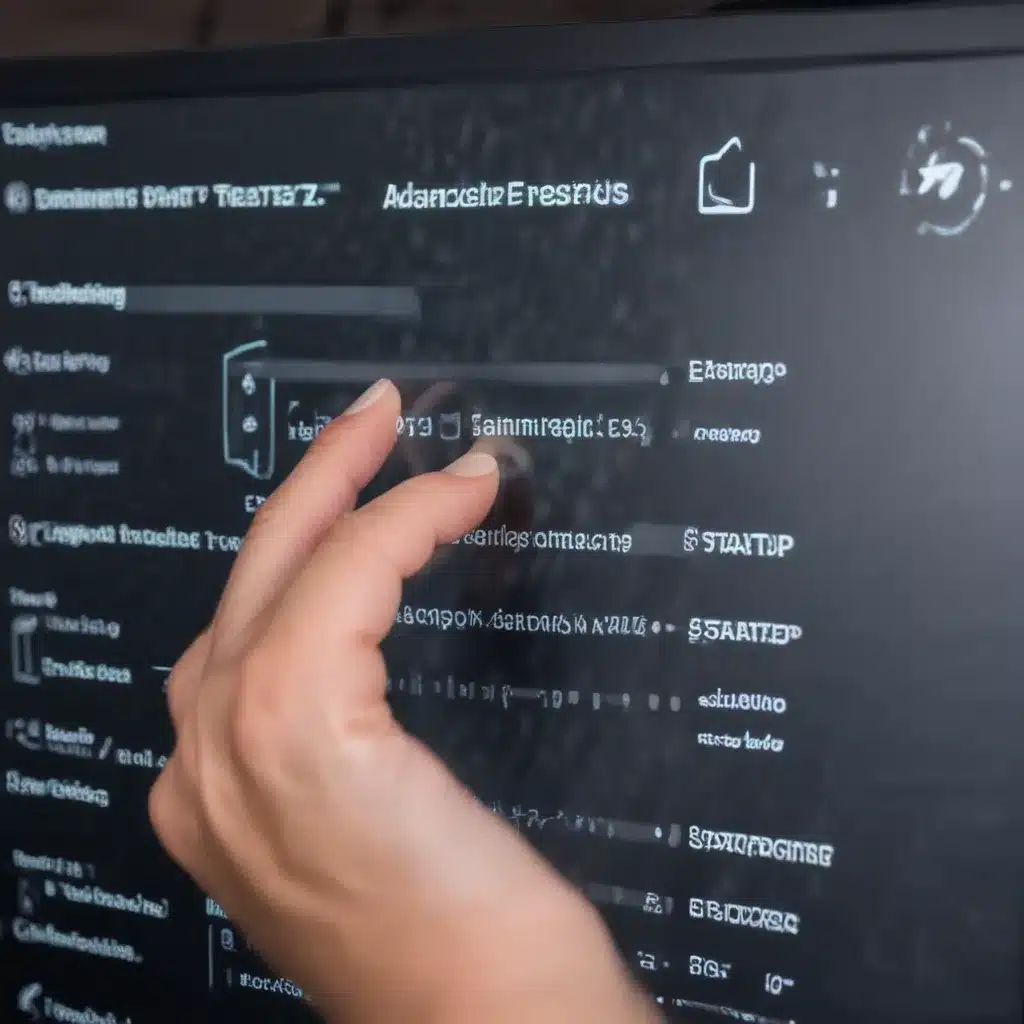Introduction
Virtual production is revolutionizing filmmaking, combining real-time computer graphics with live-action footage to create visually stunning worlds. Epic Games has been at the forefront of this technology with Unreal Engine, their suite of tools for creating real-time 3D content. At the recent State of Unreal presentation, Epic showcased the immense potential of virtual production using their latest rendering technology, Unreal Engine 5. As a filmmaker exploring virtual production, I was blown away by what they achieved. Here’s an in-depth look at how Epic is pushing the boundaries of virtual filmmaking.
What is Virtual Production?
Virtual production utilizes game engine technology like Unreal Engine to render digital backgrounds, settings, and characters in real-time. Actors then perform live in front of these virtual environments, which are captured through camera tracking and composited together. This combines the flexibility and control of CG with the authenticity of practical filmmaking.
Some key advantages of virtual production:
- Real-time rendering – No waiting for CG to be rendered. Directors see the final composite live.
- Interactivity – Make adjustments to lighting, cameras, and assets on the fly.
- Cost efficiency – Less reliance on expensive on-location shoots.
- Improved workflows – Streamlined previsualization, scouting, shot planning, and post-production.
With Unreal Engine 5, Epic is bringing cinematic realism to virtual production.
Unreal Engine 5 Demo
At State of Unreal, Epic showcased 3 demos filmed using Unreal Engine 5 and virtual production:
The Desert
A sparse, dramatic desert scene pushing UE5’s new real-time environments and lighting.
Key features:
- Massive scale desert vista with detailed rock formations and vegetation
- Realistic directional sunlight with ray-traced shadows and indirect lighting
- Volumetric fog adding atmospheric perspective
- Cinematic camera work and lighting to showcase the drama
This demo really showed off UE5’s capabilities for creating photorealistic virtual landscapes, which are integral for grounding live-action footage. The lighting and atmospheric effects went a long way in selling the realism.
City Sample
A sprawling, neon-lit city scene highlighting UE5’s Chaos physics and destruction system.
Key features:
- Dense urban cityscape with reflective materials and neon lights
- Destructible cars, buildings, and debris using Chaos physics
- Cinematic action sequence through the streets
- Ray tracing for realistic reflections, shadows, and global illumination
The city was incredibly detailed, with advanced destruction creating gripping action. This showcased how Chaos will enable more dynamic and interactive virtual environments.
Andy Serkis as Balto
A performance capture scene with Andy Serkis as the wolf dog Balto.
Key features:
- Photorealistic CG wolf driven by Serkis’ performance
- Advanced facial animation showing subtle emotions
- Detailed winter environment with volumetric snow
- Real-time captured performance composited into the scene
Seeing Serkis brought into a virtual world so believably demonstrated the potential for virtual production to transform digital characters. The facial animation and rendering were film quality.
The Future of Virtual Production
Epic’s demos gave us a taste of what filmmaking could look like leveraging Unreal Engine 5. The environments, physics, lighting, and character rendering were pushed to new heights. While still early, this technology could redefine how movies utilize visual effects and virtual workflows on set.
As virtual production advances, I expect to see more hybrid films that seamlessly blend real-time rendered CGI with live-action footage. Directors will be empowered to scout and craft shots within virtual worlds. And actors can inhabit CG characters and environments more naturally. Epic is clearly invested in developing Unreal Engine into an integral virtual filmmaking tool. While still early days, the potential feels limitless.
This technology will eventually enable creatives to produce highly dynamic films with uncanny realism far beyond today’s capabilities. The future of movie-making looks to be an exciting blend of virtual and real. Epic’s stunning Unreal Engine 5 demo marks a major milestone along that journey. I for one can’t wait to see how cinematic storytelling evolves!













